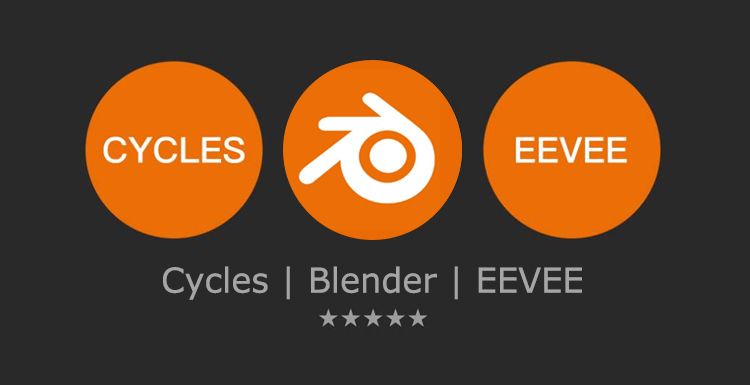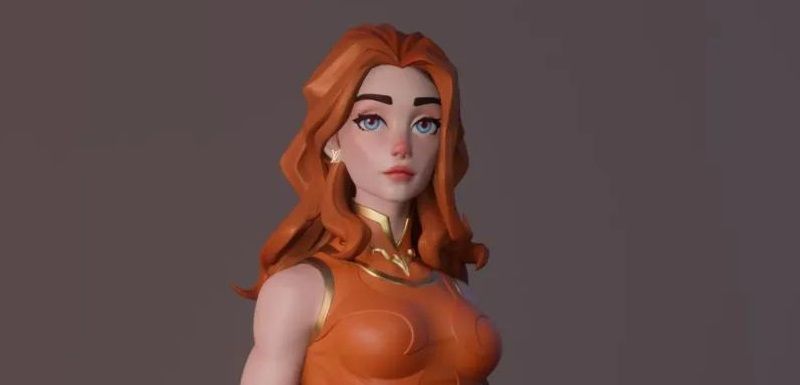How to Make a Beautiful Riverside Town in 3D
Today, the best cloud rendering services provider and render farm in the CG industry, Fox Renderfarm, organized this article for you to learn how to make a beautiful riverside town in 3D.
How to Make a Beautiful Riverside Town
I want to share with you the beautiful riverside town I made, and give you a detailed introduction to my production ideas, the software and design skills I used.

Find Reference
How did I find my reference? Actually, when it comes to riverside towns, the scenery of many places in China can be used as a reference. Here I found a lot of references around Wuzhen, which impressed me the most. I found a lot of reference pictures on the Internet, and found a 1.5-hour video of walking around the city on a video website to take a screenshot from it.

Styling
I first created the basic shape of each building in Blender, that is, the white film, and determined a series of settings such as camera position, focal length, aperture, etc.

There are a lot of boards in this scene, which is too time-consuming and cumbersome to place alone, so I chose to use blueprints to control them, place resources along splines, and randomly select meshes, positions, rotations, and zooms, which can improve my work efficiency a lot. In the scene, wood walls, docks, pillars, obstacles, and roof supports can also be controlled in the same way.




Creating Template Assets
I made several attempts to create a plank asset for the project. Sculpt them in ZBrush, then topology them in Blender, use auto UV, and texture them in Substance 3D Painter with Smart Materials.
The dust above is crafted in the UE to make them look more random and reduce some repetition.


After that I created a second set of boards, which are just textured boxes to add variety to the scene and are not used in important places in the scene.

Here are the main assets:

The Roof
The roof takes up a large part of the scene, and most importantly, the composition of the scene. Even if the number is large, they all have to look rich and also adapt to complex shapes. First, I sculpted 3 tiles of different sizes in ZBrush and broke each of them a little. Based on these 6 tiles, I combined them into a 2x2m tileable mesh. For smaller buildings, this is pretty much all I use. For larger buildings, I just duplicate the mesh and twist it slightly.
The subsequent treatment is very similar to the wood treatment, so I won't go into too much detail here.


For the top of the roof, I looked at five sets of reference pictures of the roof and copied them. I made another asset pack that also included smaller props and poles for building and dock supports.

Separate Assets
Once the planks and roof have been made, 90% of the scene can be built, and the rest can be done pretty fast, which is just regular PBR process.


After that, a simple simulation of the fabric is carried out, and then the texture is drawn. You can adjust the points according to the effect.
For the chimney, I used texture displacement. I downloaded the brick and pavement textures from Bridge, made a simple chimney shape from the concept, and applied the displacement to it. Before proceeding, I checked in the engine whether the proportions of the bricks looked right in the scene, and adjusted the UV in Blender if necessary. Once satisfied with the proportions, I apply the modifier and use the Scraper tool in Blender's Sculpture mode to remove jagged edges from the edges. If you find something missing, you can make it yourself or go to the asset mall to download it.

Scene Construction
Then here comes the process of replacing the white film with assets. After the first material iteration, I found that many places were strange and unreasonable, so I made adjustments to some small places.


When making roofs, I found that straight roofs are not suitable for medium-sized buildings, so use splines to bend them. Pay special attention to turn off Nanite at this time, as it does not support any type of deformation. You can use some irregularly shaped objects to break its silhouette, but just to remember it should be reasonable in the scene.


Post Processing
The smoke effect is done with UE. Smoke from the chimney, made with Niagara, has the same settings for noise and fog, increases the initial speed of the wind, and expands with the life cycle, becoming more transparent from start to finish, with colors ranging from dark to light.


Water
Water is just a flat surface with a normal map on it, and its UV moves in two opposite directions on the map, creating the effect of water flowing.

Then add the effect of ray tracing:

That’s all! Fox Renderfarm hopes it will be of some help to you. As a powerful render farm, we are dedicated to providing cloud rendering services in the CG industry. If you are looking for a fast rendering solution for your 3D software, try Fox Renderfarm! We offer a free $25 trial for new users. Thanks for reading!
Author: Thepoly
Recommended reading
Top 9 Best And Free Blender Render Farms of 2025
2024-12-30
Revealing the Techniques Behind the Production of Jibaro "Love, Death & Robots", Which Took Two Years to Draw the Storyboard
2025-02-10
Top 10 Free And Best Cloud Rendering Services in 2025
2025-03-03
Top 8 After Effects Render Farm Recommended of 2025
2025-02-10
Top 5 Best and Free 3d Rendering Software 2025
2025-02-10
Shocked! The Secret Behind Using 3D to Make 2D Animation was Revealed!
2025-02-10
How to Render High-quality Images in Blender
2024-12-04
Easy Cel Shading Tutorial for Cartoon in Blender Within 2 Minutes
2025-02-10
Partners
Previous: Maya Tutorial: Binding Tips for Cartoon Blinking Eyelid
Next: ZBrush Tutorial: Turning Images Into 3D Relief Models
Interested







